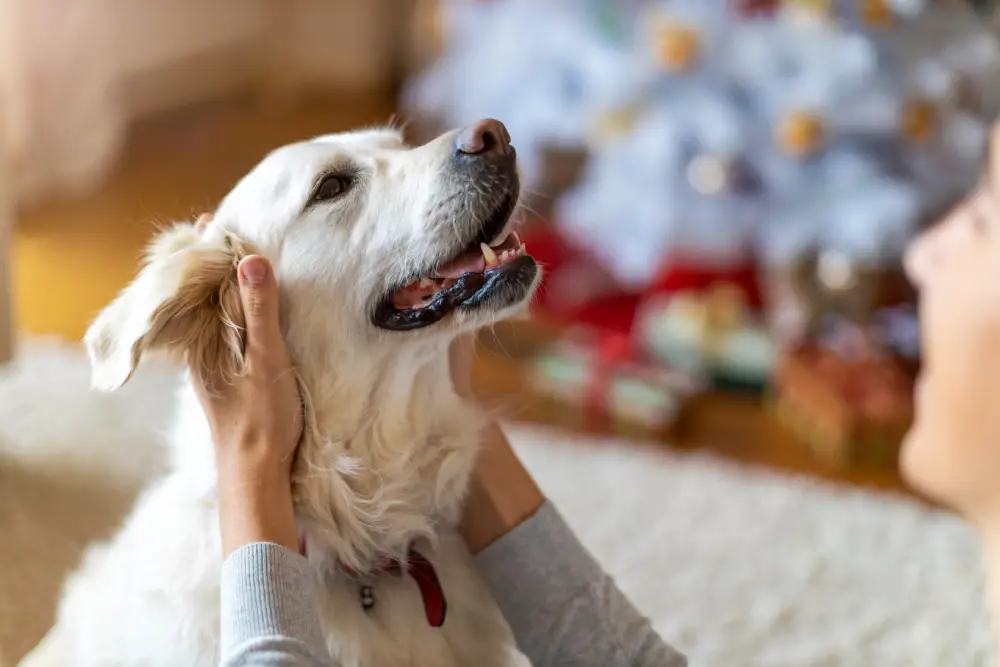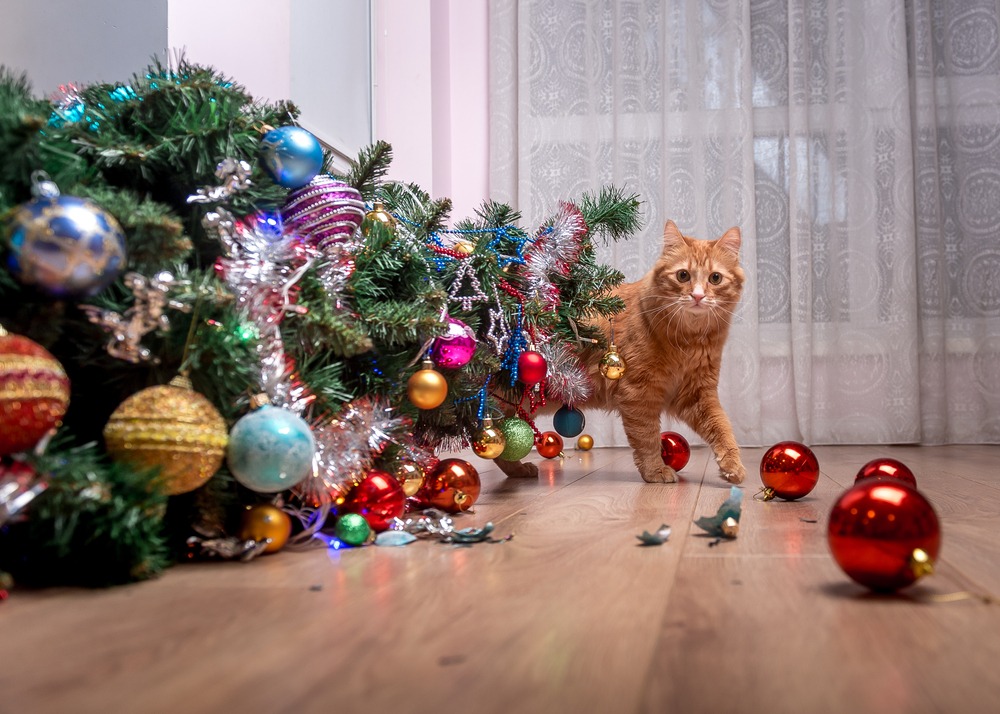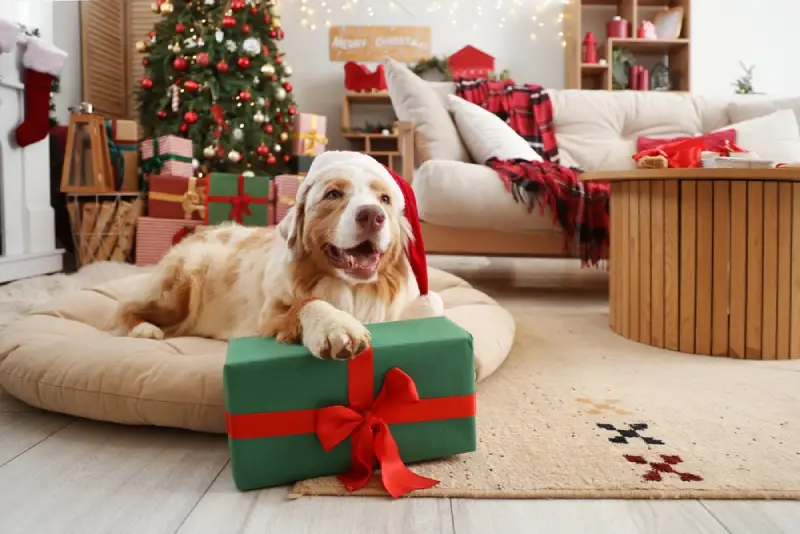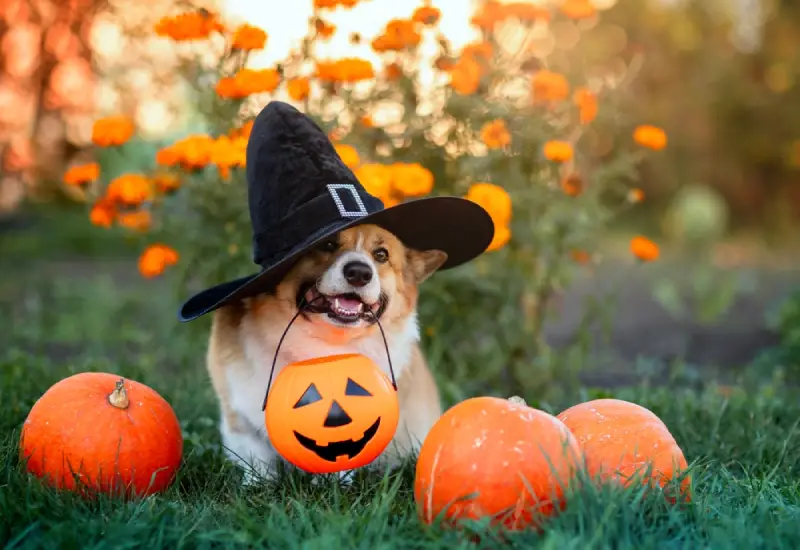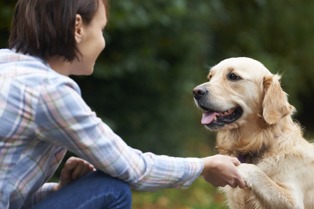
The way your dog behaves will depend on their age, breed, size, personality and past experiences, so it’s important to choose a breed that is suited to your lifestyle. Training your pup from an early age will help them learn to behave and will make them easier to control in different situations. Good training can also enhance a dog’s quality of life and will help your relationship with them grow.
The key to an obedient and well-behaved dog is establishing a regular training routine. This handy guide looks at why dog training is important and has all the information you need to successfully train your dog.
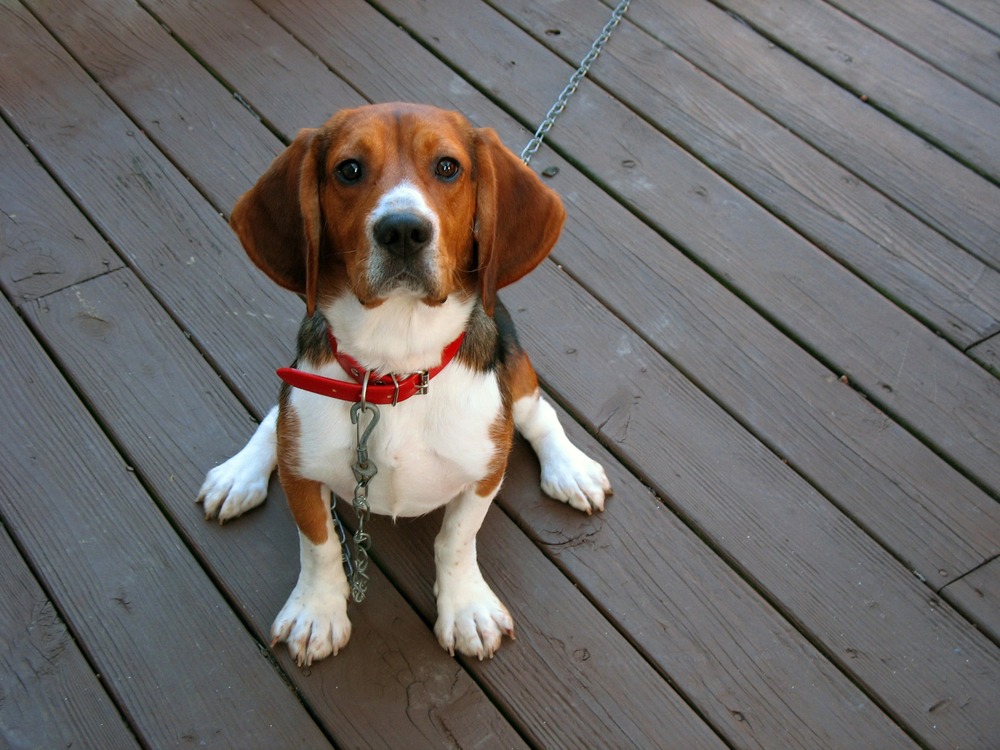
Why dog training is important
Teaching your dog basic obedience gives them the freedom to do things they enjoy, like running around a park, while being safe and under control. Dogs are intelligent creatures who love to learn, so teaching your pup new skills can be a great way to keep them from getting restless. Training your dog to behave well in different situations will also increase their sociability, as they’ll learn to be friendly and comfortable with everyone they meet.
It’s best to start training early, ideally around seven to eight weeks, as puppies learn very quickly. What level you train your pup to is your choice, but ideally all dogs should be able to respond to the following commands: sit, drop, stay, heel and come. These basic commands will help you keep control of your dog no matter the situation, as well as promote a healthy relationship between you and your dog.
Without proper training, dogs can soil the house, bark excessively and exhibit hostile behaviour. While obedience training doesn’t solve all behaviour problems, it opens up a line of communication between you and your dog. This communication is important for establishing the social hierarchy, as when your dog obeys a command, they are showing compliance and respect for you.
If you feel you can’t commit as much time as you would like to training your dog, you may want to look into puppy obedience classes. There are many different classes and activities available to help you train your dog, but you need to make sure that the organisation running them is Kennel Club approved.
How to train a dog
Obedience training should be fun and rewarding for both you and your dog. All training should be based on positive reinforcement, rewards and constructive discipline, rather than intimidation or anger. Giving your dog a reward such as food, toys or praise when they do something right means that they’re more likely to do it again.
You can use treats to let your dog know which action you’re rewarding, and then gradually move on to verbal praise and stroking. It’s important to find out what your dog really likes – the better the reward, the more your dog will enjoy learning. If you’re looking for a tasty treat to encourage your dog to learn, try our Chocolate Choc Drops Dog Treats.
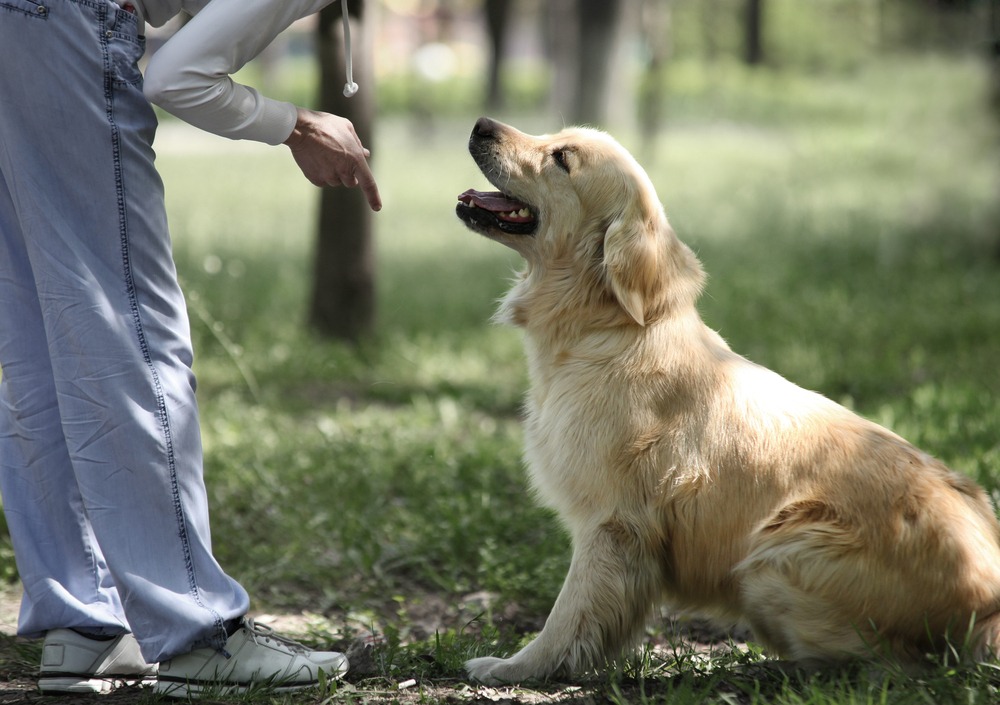
When training a puppy, you want to keep each session short to match their attention span. Your puppy will see everything as a game, so you should switch up what they’re learning as much as possible to keep them stimulated. Training should take place in a quiet room away from any distractions and be broken up into short but regular sessions.
It’s important to be patient with your dog, as each breed will learn at a different rate. Dogs learn by association, so you should avoid getting angry. If most of your interactions with your dog are reprimands, they will become meaningless over time. Whenever you do need to reprimand your dog, you should immediately show him what you want him to do and then reward him for getting it right.
House training
House training should take place when your dog is young, ideally around three to four months old. Any earlier and your puppy probably won’t have enough bladder control to benefit from the training. When you begin training, start by confining your puppy to a restricted area, like a single room or crate to minimise soiling. Puppies learn by repeating actions so it’s important to establish a toilet training routine.
When you first wake up, at regular intervals throughout the day and last thing before bed, take your puppy outside to use the toilet. If you use newspaper or puppy pads overnight, put some of the soiled paper in this area as the smell will help your puppy know where to go. Avoid leaving your puppy outside, as they won’t want to be left alone and will concentrate on finding you rather than using the toilet.
Watch for the telltale signs that your puppy needs to go to the toilet. These include sniffing the floor, circling, growing restless or going into a room they have previously toilet in. You should expect your puppy to have several accidents during the first few months, as they have very small bladders and are easily distracted.
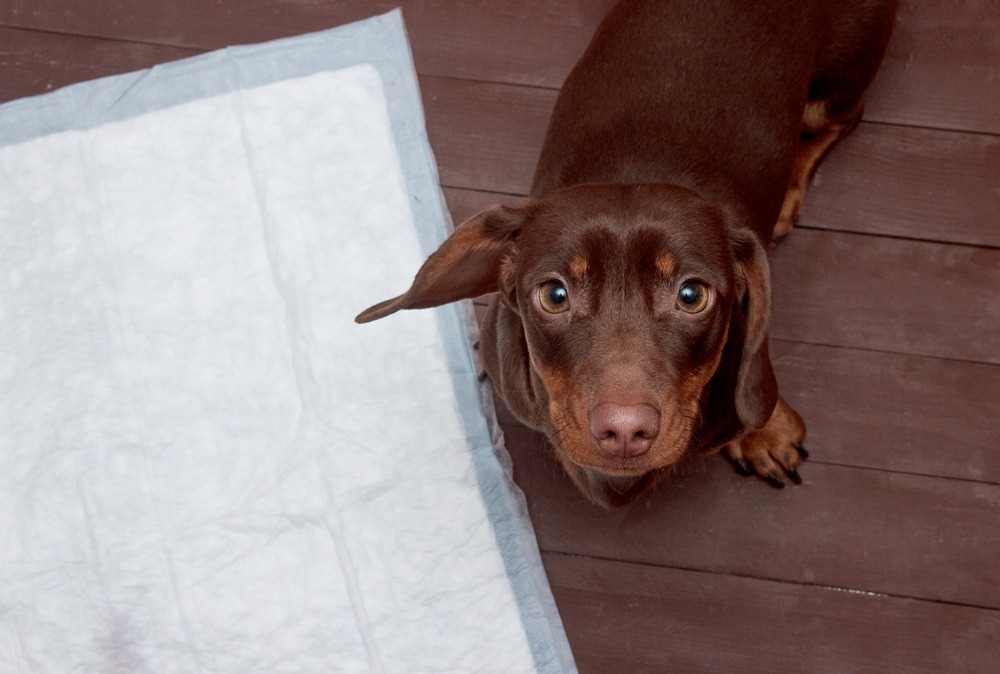
It’s important not to punish or get angry at your puppy if they soil the house. This will only frighten them and may teach them to avoid using the toilet in front of you. Instead, reward your puppy with a treat like our Meaty Serrano Ham Dog Treats each time he goes to the toilet correctly to reinforce positive behaviour.
Understanding your dog’s behaviour
One of the most important things you can do when training your dog is learn what their behaviour and body language means. By understanding how your dog expresses aggression, frustration or anxiety, you can comfort them when needed and improve the way they learn about the world. This will encourage your dog to seek you out when they are threatened.
Happiness is one of the easiest dog emotions to identify, as a dog’s tail is a great indicator of their mood. Your dog’s eyes will appear gentle and in soft- focus, their mouth will be relaxed and their tail will be vigorously wagging. If a dog’s tail is slowly and stiffly waving, that’s an expression of anger. If it’s clamped low over their hindquarters, it means your dog is afraid.
If your dog is feeling brave or aggressive, they will try to make themselves seem larger by standing tall with his ears and tail upright. Their mouth will be open and their lips will be tense and drawn back as they growl. You should avoid provoking your dog if they’re angry, so don’t shout at them or make any sudden movements.
There are many signs of anxiety in dogs and these may change for your pup over time. Some signs include pacing, trembling, hyper-vigilance, lip licking, frequent yawning and decreased appetite. Although you shouldn’t approach an aggressive dog, an anxious pup will benefit from physical contact and verbal reassurance. To give your dog an outlet for their anxiety or frustration, try offering them one of our Bacon SuperBones to chew.
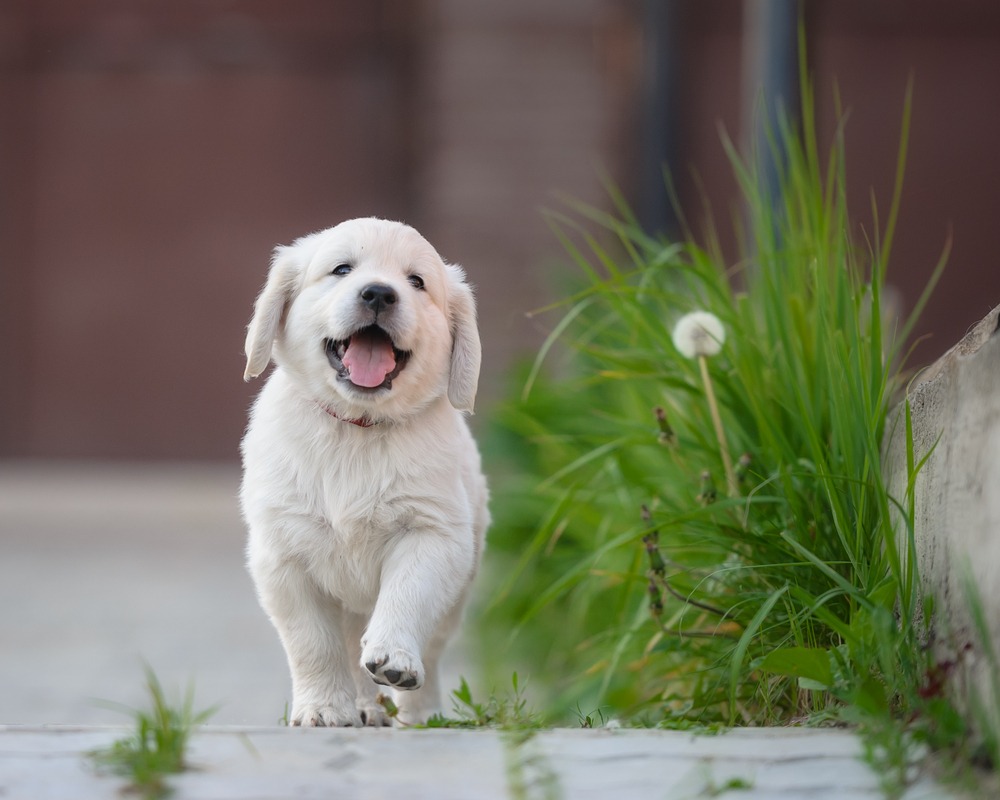
Training tips
Whether you decide to train your dog yourself, take obedience classes or hire a private trainer, it’s good to know some basic training tips to use at home. Some of the ways you can encourage your pup to learn include:
• Using your dog’s name. For the purposes of training, it’s best to consider calling your puppy a short name that ends with a strong consonant. This allows you to say their name in a way that will always be clearly heard and that will perk up their ears. If you use your dog’s name constantly and consistently, they will soon learn to respond when called.
• Discouraging bad behaviour. Dogs learn by association, so it’s important to discourage bad behaviour and teach them wrong from right. Instead of scolding for biting or nipping, pretend you’re in pain or offer your dog a chew toy to distract them. If all else fails, ignore your dog and then reward them with a treat when they calm down.
• Ending on a positive note. Your dog has worked hard to please you during training and even if they didn’t behave well the whole way through, you should end on a positive note. Reward your dog with lots of praise, a treat, some petting or five minutes of play to ensure they will look forward to their next training session.
If you’re struggling to train your dog, don’t give up. Training is not a quick fix and your dog’s behaviour will only improve through dedicated perseverance. If you feel frustrated that training is progressing slowly, take a step back and notice the small successes. Although learning takes time, if you continue to move in the right direction you’ll end up with a well behaved and sociable pup.
The Webbox difference
At Webbox, we pride ourselves on seeing the world from a dog’s point of view, so we can understand what they want – not just what they need. We put our love, creativity and excitement into everything we make, offering fantastic food and tempting treats designed to keep your dog happy and healthy. For chomping chews and tasty treats, shop our dog food range today.

Shop for Dogs

Personalise your search:
Shop for Cats

Personalise your search:
Our Most Popular Products


Webbox Lick-e-Lix with Beef Cat Treats 75g
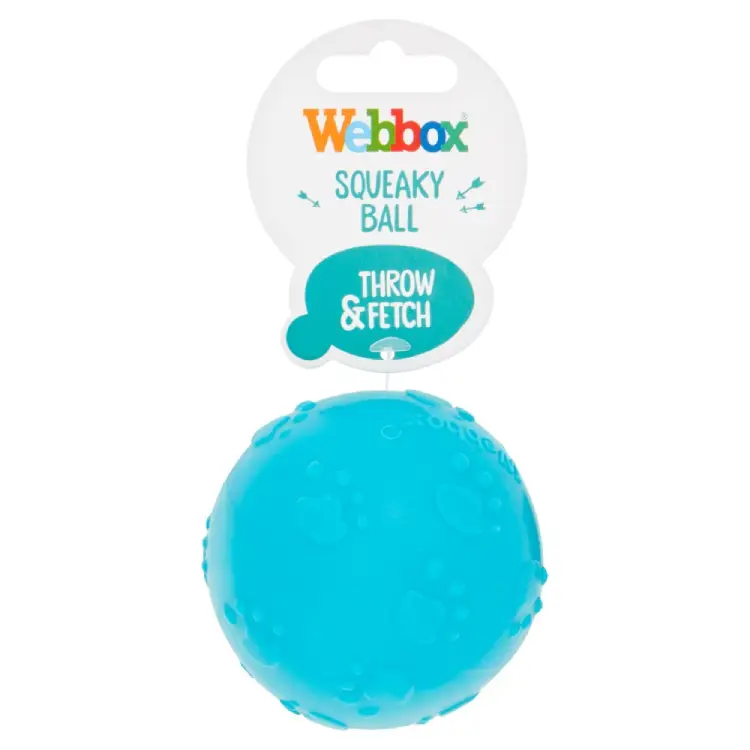

Webbox Squeaky Ball Dog Toy



Webbox Lick-e-Lix Cheese & Taurine Cat Treats 75g


Webbox Lick-e-Lix Liver Cat Treats 50g


Webbox Lick-e-Lix Chicken Cat Treats 75g


